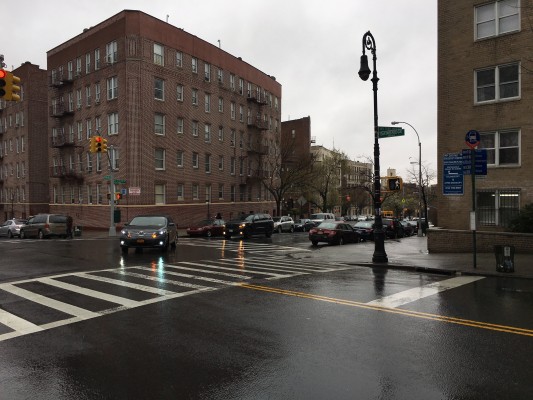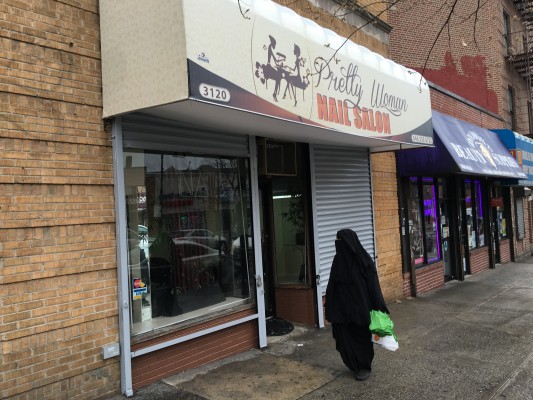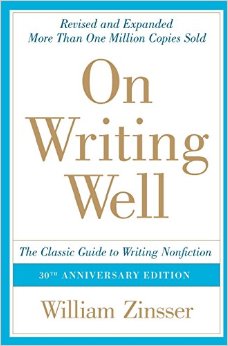In 1970-71, my family lived in the Bronx – the Norwood Heights section – on a street called Bainbridge Avenue. I attended sixth grade at a school named P.S. 56 (Public School) – in a class taught by Mrs. Tinkelman. My father was teaching at City College of New York and my mother was completing her masters at  Fordham.
Fordham.
It was a remarkable change for a kid from the bleached L.A. suburb of Claremont, where everything was sunny, non-ethnic, where migrants from across America had landed and left a lot of who they were back home.
My PS 56 classmates were Jews, Italian-Americans, Irish-Americans, a Ukrainian, a Puerto Rican, and about 10 black kids bussed in from South Bronx. It was the first time I’d known any kids you could describe in those ways. It was nothing like I had ever experienced back in suburban L.A. I loved the time. Their accents seemed to come from mafia movies. I learned to play stickball. The Jewish boys I knew all wore ties to school every day. A few of the black kids talked back to the teacher constantly, which amazed me, but they always did their homework.
On Wednesdays, for the weekly assembly, the school required the girls to wear white dresses, and we boys to wear white shirts and ties, which in time I grew to like.
At school was the first I heard the term “high waters” – this in reference to pants I was wearing. I had no idea what people were talking about at first, then I did and insisted my mom buy me better-fitting jeans. I also spent the entire year thinking “Ho” was a reference to a garden tool but didn’t understand why the tool would be so often mentioned.
I bought my first 45s – “Let It Be,” the song that most reminds me of the Bronx, and “I’ll Be There,” which is the second-most. My parents enrolled my brother, Nate, and me in an “ecology” class at the Natural History Museum in Manhattan. Every Saturday for eight weeks, we’d march to the elevated train on Jerome Avenue and take the subway into town – two boys alone, ages 11 and 9. Never had a problem.
That year, the World Trade towers were completed, Frank Serpico was in the news, and the bank robbery happened that was later made into the movie “Dog Day Afternoon.” Times Square did not look like corporate Disneyland – but in fact looked quite the opposite.
In the Bronx, I met the first two kids I’d ever known with my last name. Puerto Rican brothers. We played basketball together at the Mosholu-Montefiore Community Center, where I also took a pottery class. I had my first girlfriend at PS 56, though I was terrified to talk to her. Her name was Linda Neihardt.
At school, I was milk monitor, distributing milk to the other classes, along with Frankie Campbell, Salvatore, and Terry – whose last names I’ve long forgotten. We spent time around Joe the Janitor, who had a heavy New York accent. I always wondered what became of them. Frankie and Terry were from South Bronx and were growing up to reach young adulthood as the Bronx famously became a war zone.
When Muhammad Ali fought Joe Frazier for the first time in the Fight of the Century, which it probably was, I was the only kid in my class rooting for Ali. I found this strange, for to me Muhammad Ali was the only reason to care about the sport of boxing, and I haven’t since he retired. Several kids asked me why I had moved from California to New York as so many folks were headed the other direction.
Yesterday, I was invited to speak about my book at the nearby Montefiore Hospital’s psychiatry department. Afterward, my daughter and I walked down a transformed Bainbridge Avenue. The house where I lived for a year is now home to the hospital’s Children’s Psychiatry unit. The Bainbridge Pizzeria, which served still the best pizza I’ve ever had, is now the Norwood Grocery. Bainbridge is dotted with 99-cents stores, small Chinese and Latin restaurants, cellphone shops and beauty parlors.
P.S. 56 when I went there was woefully under serviced, with ancient plumbing and only a small patch of fenced-off grass. Now it is under complete reconstruction. A worker told me they were adding new classrooms, a new gym, and a playground. It’s due to open in September.
The area is now home to mainly Dominicans, but also Muslims (judging from women in shador dress), Pakistanis, some Mexicans (judging from a store or two), and blacks. No white people at all.
This change probably came many years ago, and I found it fascinating because I had not heard in the news that it had happened. I found that encouraging.
In the countries where many of these immigrants, and those with whom I lived, are from, the concept of “holy land” and who it belongs to seems part of the history of life. Ancient battles, purges and pogroms, bitter feuds tenderly nurtured over generations divide one ethnic or religious group from another and keep neighborhoods, villages, static and unchanging.
(In the years after I left, the neighborhood became a refuge for folks from Northern Ireland escaping the violence there, was known as Little Belfast and was a hotbed of support for the IRA. Norwood spawned one Irish band, Black 47. The Irish influence waned after peace came to Northern Ireland and folks returned.)
This concept is foreign to anyone from Southern California, with its rambunctious real estate market that shapes neighborhoods, then reshapes them again 25 years later, and aggressive sunshine I’ve always felt helps people leave the Old World behind.
True, it has had its eruptions in the form of gang feuds and violence, but they have subsided to the point where they almost don’t e xist any more.
xist any more.
I don’t know how well folks in the neighborhood get along today. It wasn’t perfect back when I was living there.
But in Norwood Heights, a massive demographic transformation took place twice in the space of 40 years and it happened quietly, organically and without the kind of eruptions that might attract national, much less worldwide, attention.
It felt good to be back.



